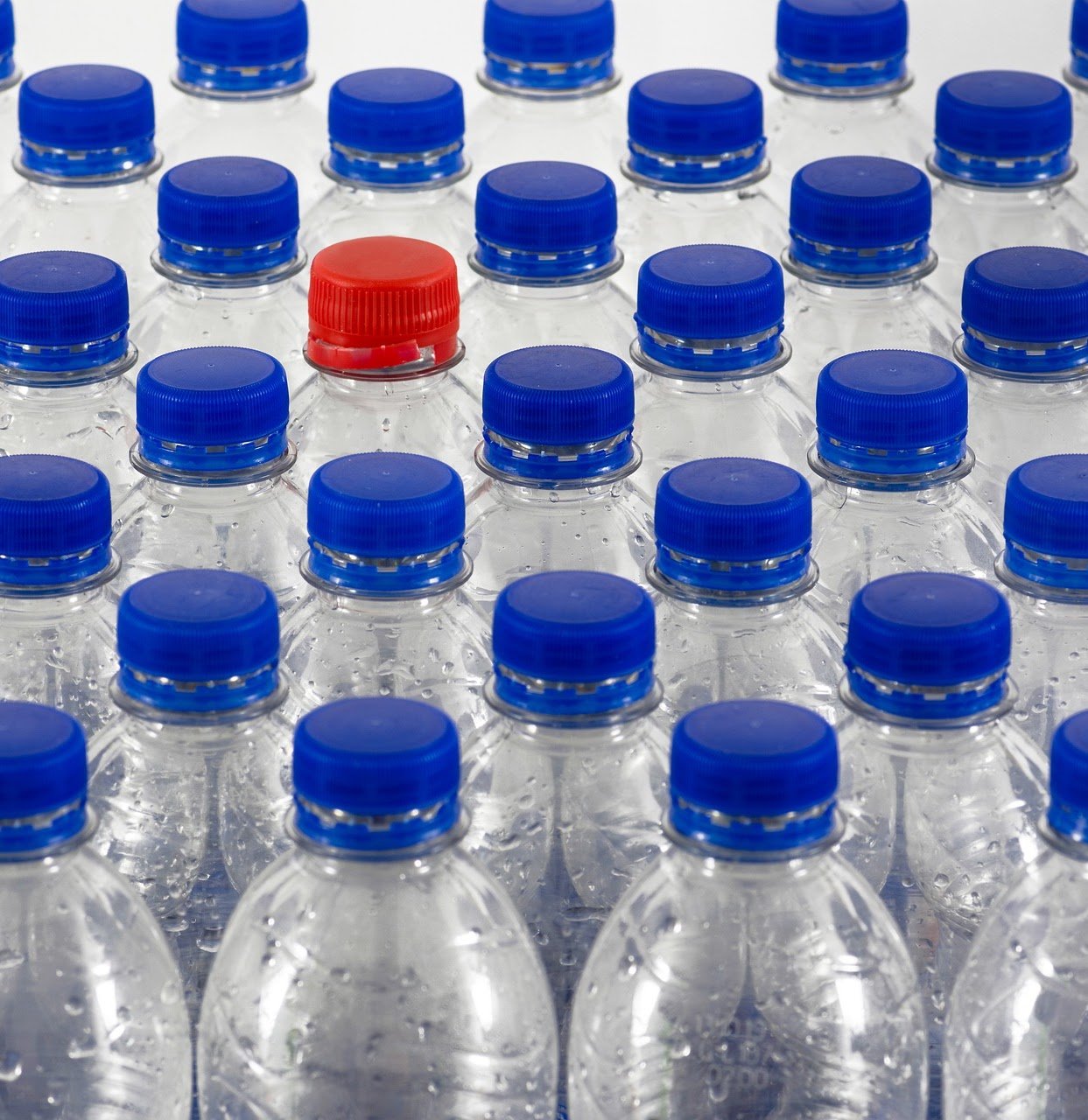Synthetic Materials Mini Unit Resources
Synthetic Materials Mini Unit for NGSS MS-PS1-3
In the Synthetic Materials mini unit, students differentiate between natural and synthetic materials. Then, they make their own synthetic slime in the lab! Students research the environmental, economic and societal impacts of plastic. They research the impacts (positive and negative) of high fructose corn syrup on society and Earth’s resources. Extension activities include researching one synthetic material of their choice that students simply can’t live without!
Anchor Phenomenon Ideas: Let students browse this website about Ecobricks and then facilitate a class discussion. Use the questions your students come up with to make connections throughout your unit. Kids have strong opinions about this solution to an excess synthetic material!
Make it Relevant: Material things and food are highly important to middle schoolers. Without judgement, point out the natural and synthetic materials they need and use everyday.
Tips and Tricks: Create a slime making station in your room near the sink. As a whole class mini lesson, show students how to wash and dry a bowl. Many kids have never been taught and you will save yourself much clean-up angst!
Students may struggle to find the positive impacts of plastic. Point out that without PVC (plastic) pipes, water would not be transported to some houses. Similarly, plastic incubators help keep baby chicks warm and alive so they can grow into egg-producing chickens. Help students stretch their minds by finding as many positive impacts as negative.
Extension Activity: What is one synthetic material or product you simply could not live without? The bottles that hold your favorite sports drink or pop? Your basketball or favorite shoes? Students make deeper personal connections to the science of synthetic materials as they answer this question!
